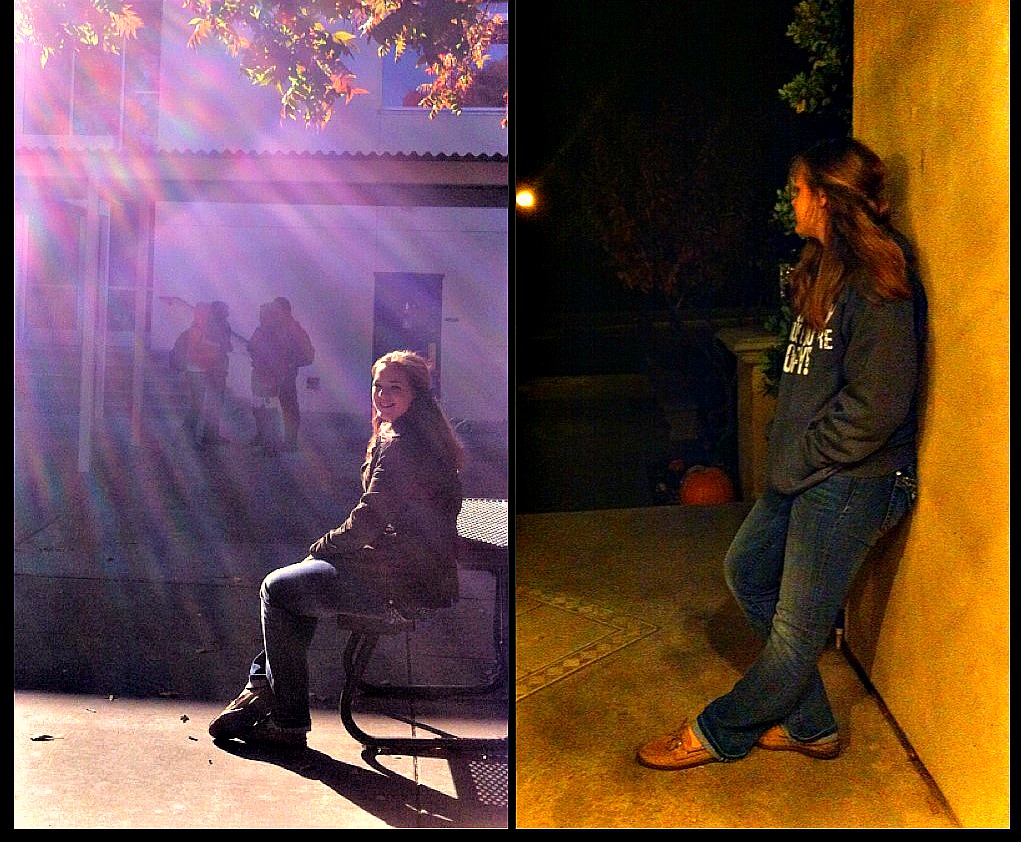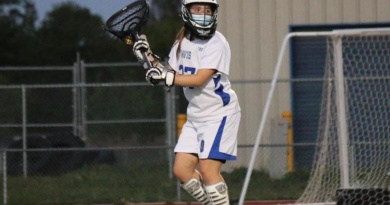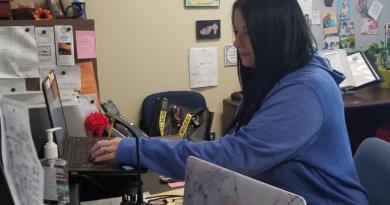Students continue to adjust to daylight savings

HUB Correspondent–
Just last year, Shreya Sudarshana, who was a ninth grader at Harper Junior High, got to school an hour late. She was taken aback when she arrived on her bike. Sudarshana had forgotten about the end of daylight saving time, and did not reset her clock.
“I didn’t have an iPhone at the time to double check. I had assumed my parents left early for work, and set off to bike to Harper. I then realized it was already second period by the time I got there,” Sudarshana said.
Sudarshana revealed her black-cased iPhone. Now that she has one, it is much easier for her to adjust to the time changes.
Daylight saving time ended on Nov. 3 and some students are still adjusting.
In the fall, as daylight saving comes to an end, it brings longer nights and shorter days with it. Night arrives around 5 p.m. When students wake up for school, the sky is still dark. However, the darkness affects some of the students.
At school, some students rest their heads on their desks during class. A few yawn, while others fall asleep.
“Daylight saving really affects my mood. It either gives me a few more hours to sleep, or a few hours less, making me cranky in the morning,” senior Dustin Choi said.
Some students do not like daylight saving.
“Daylight saving usually proves to be annoying, considering the amount of confusion it leads to,” Sudarshana said.
Choi agreed with Sudarshana.
“Sometimes daylight saving may throw me off of my daily routine, so my plans for each day would get all mixed up, and I end up in a confused state,” Choi said.
Daylight saving is something people get used to gradually.
Although Sudarshana had past troubles with daylight saving, it does not bother her too much now.
“(People) just kind of get used to it after a while,” Sudarshana said.
Students can thank Benjamin Franklin for jumping and falling back an hour.
Franklin was the first person to propose changing the time, while President Franklin D. Roosevelt was the first to institute it.




